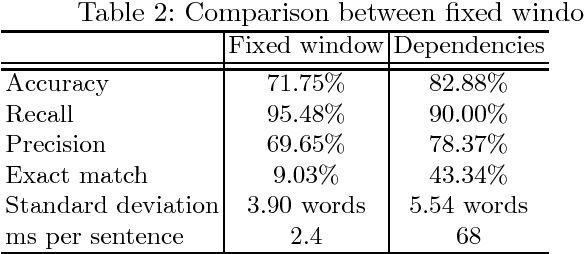Impact of Sentiment Detection to Recognize Toxic and Subversive Online Comments
Paper and Code
Dec 04, 2018



The presence of toxic content has become a major problem for many online communities. Moderators try to limit this problem by implementing more and more refined comment filters, but toxic users are constantly finding new ways to circumvent them. Our hypothesis is that while modifying toxic content and keywords to fool filters can be easy, hiding sentiment is harder. In this paper, we explore various aspects of sentiment detection and their correlation to toxicity, and use our results to implement a toxicity detection tool. We then test how adding the sentiment information helps detect toxicity in three different real-world datasets, and incorporate subversion to these datasets to simulate a user trying to circumvent the system. Our results show sentiment information has a positive impact on toxicity detection against a subversive user.
 Add to Chrome
Add to Chrome Add to Firefox
Add to Firefox Add to Edge
Add to Edge